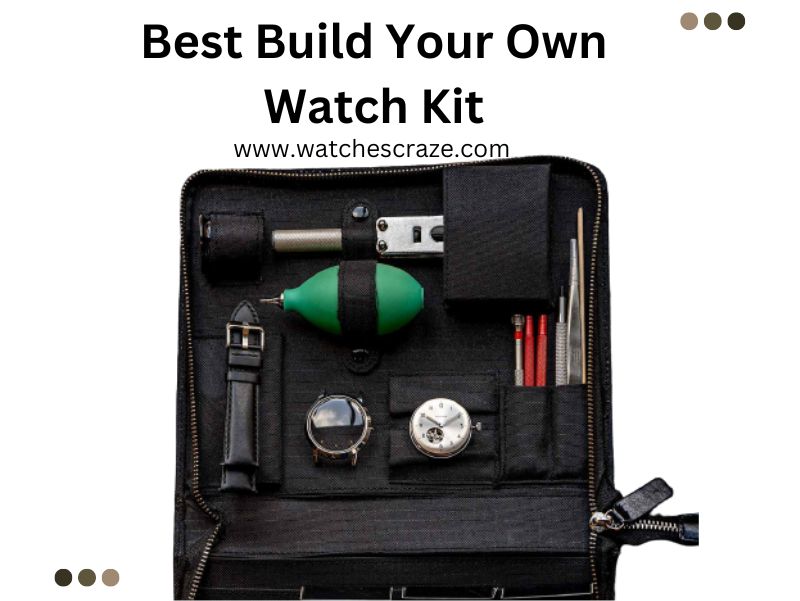Best Build Your Own Watch Kit
Building your own watch is a captivating and fulfilling endeavor, offering a glimpse into the intricate realm of horology. Thanks to the growing popularity of DIY projects, there’s a wealth of DIY watch kits available, catering to both watch aficionados and beginners.
These kits come complete with all the essential components, tools, and step-by-step instructions needed to assemble a timepiece from the ground up. Whether you’re passionate about mechanical movements, eager to sport a one-of-a-kind wristwatch, or simply curious about the art of watchmaking, the best DIY watch kits promise an engaging and educational experience. In this guide, we’ll delve into the world of DIY watch kits, emphasizing the advantages of this hands-on approach and offering insights to help you select the ideal kit to kickstart your horological journey.
Benefits of Building Your Own Watch Kits:
Here are the benefits of building your own watch kits.
-
Deepened Understanding:
Building your own watch allows you to gain a comprehensive understanding of timekeeping mechanics and the intricate inner workings of a timepiece.
-
Personalized Style:
With a build-your-own watch kit, you have the freedom to choose the components that reflect your personal taste and style, resulting in a truly unique and customized timepiece.
-
Sense of Accomplishment:
Completing the assembly of a watch from start to finish provides a profound sense of achievement and satisfaction.
-
Skill Development:
Building a watch enhances your dexterity, attention to detail, and problem-solving skills, contributing to personal growth and expanded horological knowledge.
-
Cost Savings:
DIY watch kits often offer a more cost-effective alternative to purchasing pre-assembled watches, making them an attractive option for budget-conscious enthusiasts.
-
Upgradability:
As your watchmaking skills evolve, you can easily upgrade and modify your DIY watch with new components or enhancements, allowing for continuous personalization and improvement.
-
Connection with the Timepiece:
Building your own watch establishes a deep connection and appreciation for the timepiece on your wrist, as you have personally crafted and assembled it.
-
Unique Learning Experience:
Building a watch offers a hands-on educational journey that combines technical knowledge, craftsmanship, and creativity, providing a unique and enriching learning experience.
Essential Tools and Equipment
Watchmaking tools are crucial for successfully building your own watch. Here are some essential tools commonly used in the process:
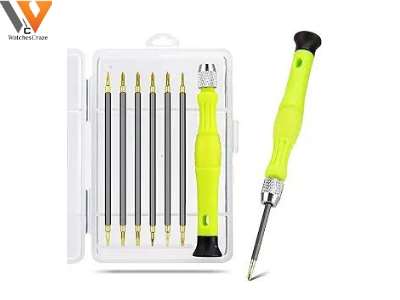
Precision screwdrivers in various sizes are necessary for removing and tightening screws in watch components.
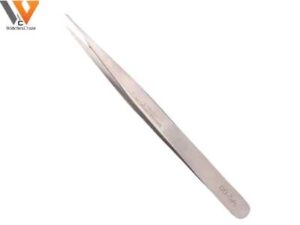
Fine-tipped tweezers are indispensable for handling small watch parts with precision and delicacy.
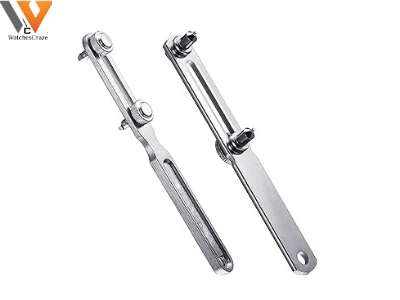
A case opener tool enables you to safely open and close watch cases during assembly and maintenance.
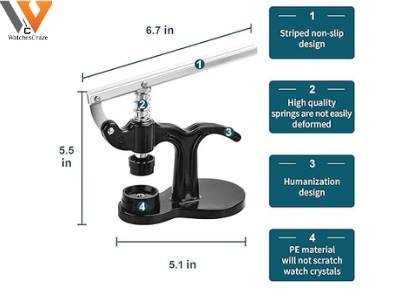
A case press is used to securely close and seal watch cases without damaging them.
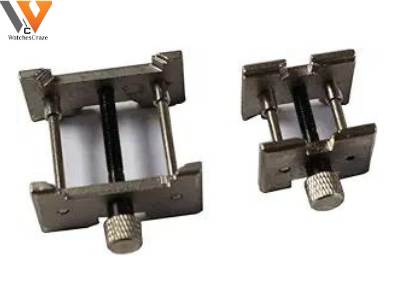
A movement holder helps in securing the watch movement while you work on assembling other components.
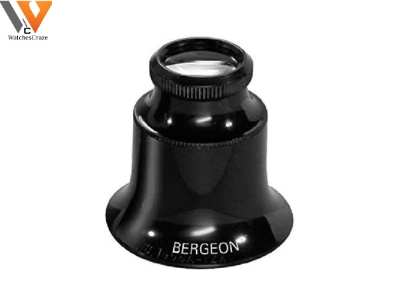
A magnifying loupe allows you to closely examine and inspect tiny details and components for accuracy and quality.
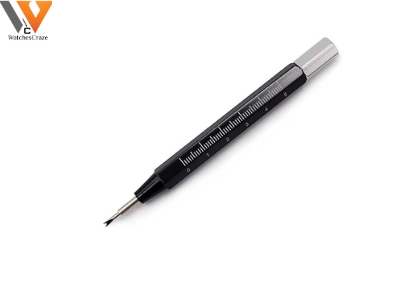
This tool is essential for attaching and removing watch straps or bracelets using spring bars.
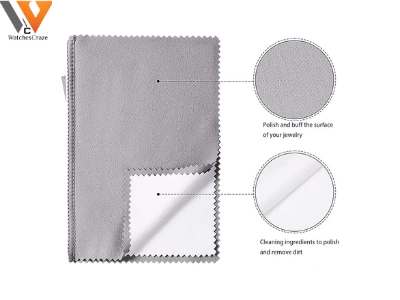
A soft polishing cloth helps in cleaning and removing fingerprints or smudges from watch components.
Additional Equipment Required
In addition to watchmaking tools, you may need the following equipment to ensure a smooth and best build your own watch kit experience:
-
Workspace:
Dedicate a clean and well-lit area where you can comfortably work on your watch assembly, ensuring a clutter-free and organized setup.
-
Storage Containers:
Use small containers or compartments to store and organize watch components, preventing loss or mix-up of parts.
-
Watch Cleaning Solution:
A mild watch cleaning solution and a soft brush can be useful for gently cleaning watch components before assembly.
-
Watchmaker’s Mat:
A watchmaker’s mat with an anti-static surface provides a secure and non-slip work surface for handling delicate watch parts.
-
Handle with Care:
Handle tools with precision and care, avoiding excessive force or mishandling that may damage watch components.
-
Eye Protection:
Wear safety glasses or goggles to protect your eyes from any flying debris or accidental slips during the assembly process.
-
Secure Grip:
Ensure a secure grip on tools to maintain control and prevent accidental slips or drops.
-
Store Properly:
After use, store tools in a safe and organized manner, keeping them away from children and ensuring they are easily accessible for future projects.
-
Seek Assistance if Needed:
If you encounter complex or challenging tasks, don’t hesitate to seek guidance from experienced watchmakers or professionals.
Factors to Consider
Here are several important factors to consider to ensure a satisfying and successful experience. These factors include:
-
Skill Level:
Assess your own watchmaking skills and experience to determine whether the kit is suitable for beginners, intermediate, or advanced users.
-
Movement Type:
Decide whether you prefer a mechanical, automatic, or quartz movement, considering the level of complexity and maintenance required.
-
Quality and Authenticity:
Look for kits that include high-quality components and genuine watch parts to ensure durability and authenticity.
-
Customization Options:
Consider the level of customization offered by the kit, such as interchangeable dials, hands, straps, or case materials, to create a truly personalized timepiece.
-
Instructional Materials:
Check if the kit provides clear and comprehensive instructions, diagrams, or video tutorials to guide you through the assembly process effectively.
-
Budget:
Determine your budget range and look for kits that offer good value for money, balancing quality, features, and affordability.
Step-by-Step Assembly Guide
Here is a step-by-step guide to help you best build your own watch kit.
↳ Preparing the Workspace
Before diving into the assembly process, it’s essential to prepare your workspace for an organized and efficient build. Follow these steps:
- Remove any unnecessary clutter from your workspace to create a clean and spacious area for assembly.
- Ensure all the necessary tools and watch components are readily accessible within your workspace.
- Adequate lighting is crucial for accurate assembly. Position a lamp or work under natural light to illuminate your workspace effectively.
- Place a soft cloth or watchmaker’s mat on your workspace to prevent scratches or damage to delicate components.
↳ Organizing Watch Components
To streamline the assembly process and prevent mix-ups, organize your watch components before beginning. Follow these guidelines:
- Group together similar components such as the watch movement, hands, dials, case, crystal, and straps/bracelets.
- Place components in small containers or compartments, labeling them if necessary, to maintain a clear distinction and prevent confusion.
- Refer to the provided instructions or diagrams to familiarize yourself with the components and their proper placement.
↳ Installing the Watch Movement
The watch movement is the heart of your timepiece. Follow these steps to properly install it:
- Identify the specific watch movement provided in your kit.
- Hold the movement by its edges or use tweezers to avoid touching delicate parts.
- Align the movement properly within the case and use screwdrivers or provided fastening mechanisms to secure it in place.
↳ Attaching Watch Hands and Dials
The watch hands and dials are responsible for indicating time accurately. Here’s how to attach them correctly:
- Choose the correct hour, minute, and second hands that match the design and movement of your watch.
- Carefully align the hands with the designated markers on the dial to ensure accurate timekeeping.
- Using hand-setting tools, attach the hands to the movement, ensuring they are properly aligned and secure.
↳ Securing the Watch Case and Crystal
The watch case and crystal protect the internal components and give your timepiece its overall appearance. Follow these steps for secure installation:
- Place the watch movement assembly into the designated space within the watch case.
- Align the case back properly and use a case press or other suitable tools to secure it tightly.
- Fit the crystal into the designated opening in the case, ensuring it is seated securely.
↳ Adding Watch Straps or Bracelets
The watch straps or bracelets provide comfort and style. Here’s how to add them to your watch:
- Select the appropriate strap or bracelet that complements the design of your watch.
- Use spring bar tools to attach the straps/bracelets to the lugs on the watch case securely.
↳Testing and Adjusting the Watch
Once the assembly is complete, it’s important to test and make necessary adjustments to ensure your watch functions properly:
- If you have a mechanical or automatic movement, wind it according to the instructions provided.
- Adjust the hands to the correct time, following the watch movement’s instructions.
- Verify that the hands move smoothly and accurately across the dial.
- If your watch has additional features like a date or chronograph, test and adjust them accordingly.
- If any issues arise, such as misalignment or timekeeping inaccuracies,
Troubleshooting Common Issues
Here are some common issues that can be faced when building your own watch kit.
↳ Watch Movement Problems
If you encounter problems with the watch movement, follow these troubleshooting steps:
- If your watch has a mechanical or automatic movement, ensure it is properly wound or has sufficient power reserve.
- Double-check that the movement is securely and correctly installed within the case.
- Examine the movement for any loose or misaligned parts that may be affecting its functionality.
- If the movement continues to exhibit issues, consult a professional watchmaker for further assessment and repair.
↳ Watch Hands Alignment
Misaligned watch hands can affect accurate timekeeping. Here’s how to troubleshoot alignment issues:
- Use tweezers or hand-setting tools to carefully realign the hands with the markers on the dial.
- Check that the hands have adequate clearance and do not interfere with each other or the dial.
- Be cautious not to apply excessive pressure or force while adjusting the hands, as it can damage the movement of the hands.
- If you encounter difficulties aligning the hands, seek guidance from a professional watchmaker for assistance.
↳ Watch Case and Crystal Issues
If you experience issues with the watch case or crystal, consider the following troubleshooting steps:
- Ensure the case back is tightly secured and properly aligned with the case.
- Check the case and crystal for any scratches, cracks, or defects that may affect the watch’s appearance or functionality.
- If the case or crystal is significantly damaged, consult a professional watchmaker for repair or replacement options.
↳ Watch Strap or Bracelet Adjustments
If you need to make adjustments to the watch strap or bracelet, follow these troubleshooting tips:
- Verify that the strap or bracelet is adjusted to the appropriate length to fit your wrist comfortably.
- Utilize spring bar tools or appropriate techniques to remove or add links to the strap or bracelet.
- Ensure the strap or bracelet is securely attached to the lugs of the watch case, preventing any risk of detachment.
If you encounter persistent issues with any component of your build-your-own watch, it is recommended to consult a professional watchmaker or contact the manufacturer for further assistance or guidance.
Customization and Personalization Options
Here are some customization and personalization options for making your on-watch kit.
↳ Engraving and Etching
Engraving or etching your watch can add a personal touch and make it truly unique. Consider the following options:
- Add a special message, initials, or a significant date on the case back or inner components of the watch.
- Customize the watch with intricate patterns, motifs, or symbols that hold personal meaning to you.
- Include your own signature or logo design to create a watch that reflects your personal brand or identity.
Consult a professional engraver or watchmaker to ensure precise and high-quality customization.
↳ Choosing Unique Watch Dials and Hands
Selecting distinctive dials and hands can greatly enhance the individuality of your timepiece. Consider these customization options:
- Choose dials and hands in unique colors, finishes, or textures, such as brushed, sunray, or skeletonized designs.
- Opt for unconventional materials like mother-of-pearl, enamel, or carbon fiber for the dial or hands.
- Explore dials with additional features like chronograph sub-dials, moon phase displays, or date windows for added functionality and visual interest.
- Select hands and dials with luminous coatings or tritium tubes for enhanced visibility in low-light conditions.
↳ Adding Decorative Elements
Enhance the aesthetics of your watch by adding decorative elements. Consider these options:
- Choose watches with gemstone accents, such as diamonds, sapphires, or rubies, on the dial, bezel, or indices.
- Explore watches with hand-painted or enameled details, showcasing intricate designs or vibrant colors.
- Consider watches featuring intricate guilloché patterns on the dial, adding depth and visual interest.
- Select watches with embossed or relief elements, such as motifs, logos, or textures, on the dial or case.
These decorative elements can elevate the aesthetics of your watch and make it a true statement piece.
↳ Upgrading Watch Straps and Bracelets
Transform the look and feel of your watch by upgrading the strap or bracelet. Consider the following customization options to best build your own watch kit.
- Choose straps or bracelets made from unique materials like genuine leather, stainless steel, ceramic, or fabric.
- Opt for straps or bracelets in different colors, patterns, or textures to match your personal style or the occasion.
- Consider straps or bracelets with quick-release mechanisms, allowing for easy interchangeability and versatility.
- Upgrade to deployant clasps for enhanced comfort and convenience when putting on or taking off your watch.
Customizing the strap or bracelet can significantly alter the overall look and feel of your watch, allowing for endless personalization possibilities.

